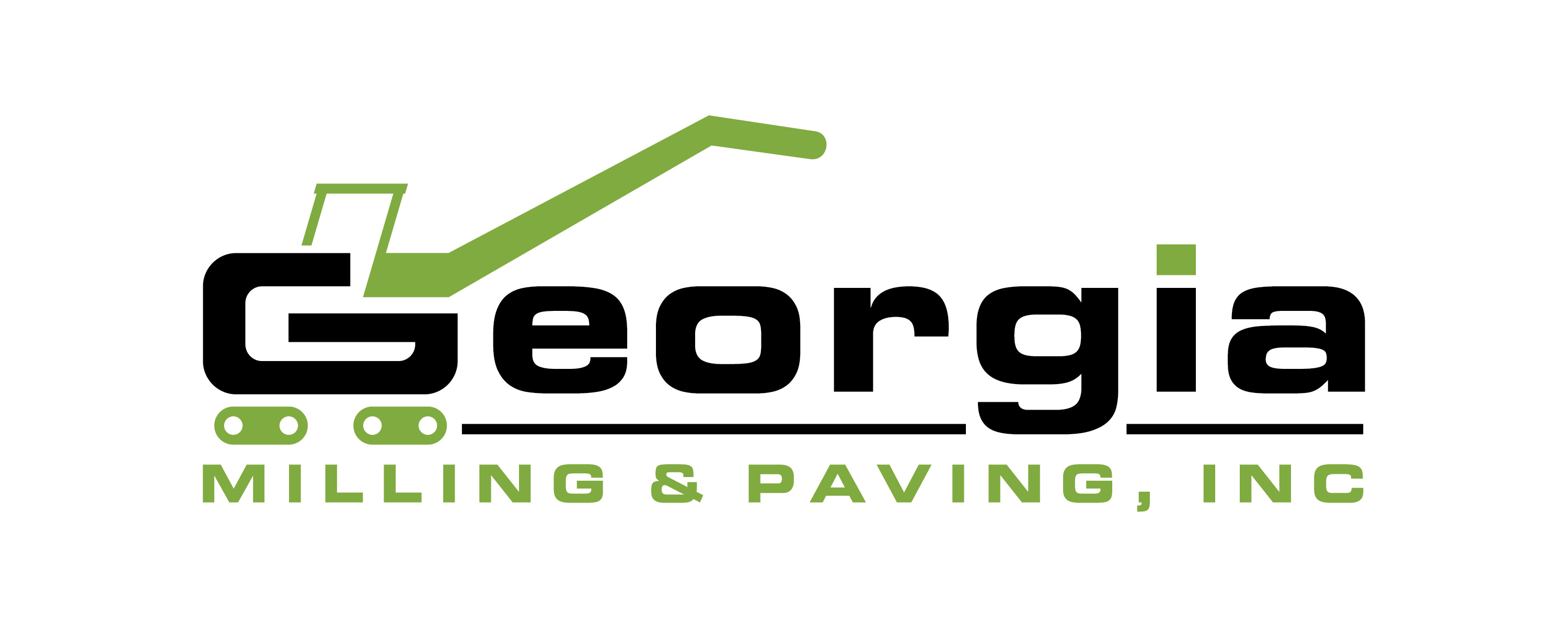Find Out if Asphalt Milling is Right for You
Asphalt milling is most appropriate for pavements which have widespread surface damage like cracking, raveling, or uneven slope. Because the sub base is intact, there’s no need to conduct a full demolition and repaving. Instead, the affected layers can be removed with a milling machine and replaced with new hot-mix.
Milling also helps address a number of other issues.
Environmentally Friendly
When asphalt is milled from the surface, it is collected and transported to a recycling facility where it is used as aggregate in new hot-mix asphalt. Asphalt has become one the nation’s most recycled materials.
Pavement Height and Drainage
Another solution to restore a pavement’s surface is to apply an overlay. Because the overlay is a new layer applied to the existing asphalt, each time this procedure is performed it raises the height of the pavement.
When a paved structure has had multiple overlays, you will no longer be able to add height to the surface without creating other issues. Asphalt milling allows you to restore your pavement while maintaining its original height.
Milling can Address Specific Problem Areas
If your parking lot or other asphalt structure has significant damage that is limited to specific areas of the structure, asphalt milling allows you to correct that damage without repaving the entire area.
If you’re unsure if pavement milling is the right solution for your property, Georgia Milling and Paving is happy to conduct a free, on-site evaluation.
What is a Mill and Pave?
When an area is milled and repaved, it is also commonly called a Mill and Pave.
This involves milling up the existing deteriorated asphalt pavement and fixing any sub-base failures and problems by re-grading, leveling, pulverizing, and milling to a specific depth. The specific depth to mill asphalt would be determined once the type of traffic and volume has been identified for that particular area. After the milling takes place, the area is newly paved with a new asphalt surface layer or overlay completing the mill and pave process.
WHAT IS MILLING?
When an asphalt pavement’s deficiencies are primarily surface distresses, milling (also known as cold planning) may offer an effective solution. Asphalt milling is the process of removing part of the surface to a desired depth to place a new layer of hot mix asphalt, leveling and smoothing the surface.
THE MILLING PROCESS:
A milling machine uses a large, rotating drum that grinds and removes the pavement surface to the required depth. The milled material is moved by conveyor belt from the machine and loaded into trucks. The asphalt pavement remaining on the surface is thoroughly cleaned utilizing high-speed air blowers and/or mechanical sweepers. An asphalt emulsion tack coat is then sprayed over the entire area to improve bonding.
A new layer of hot mix asphalt is placed using conventional paving equipment. Generally, asphalt is replaced at the same thickness as was removed. Thickness may be varied to meet special requirements. Compaction is completed with steel wheeled, vibratory rollers.
